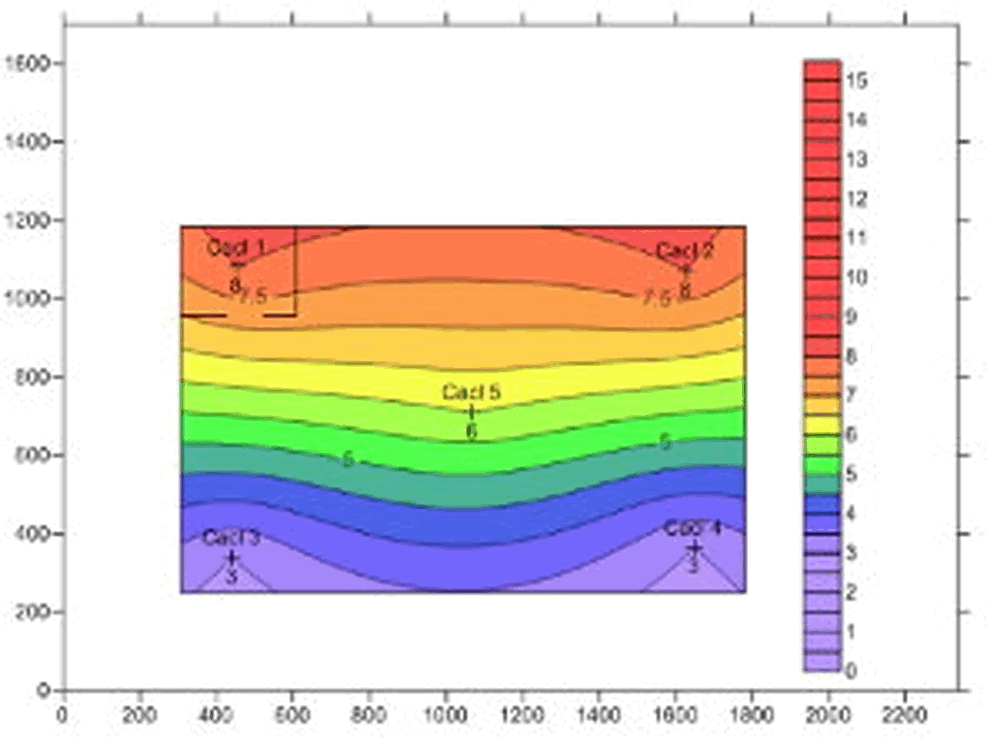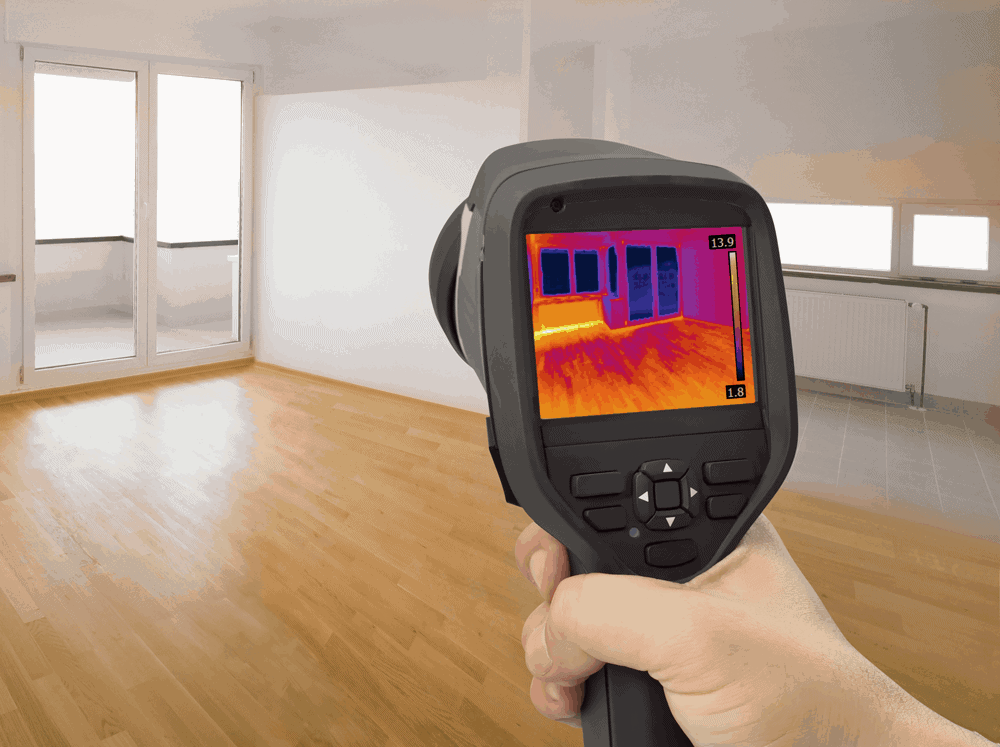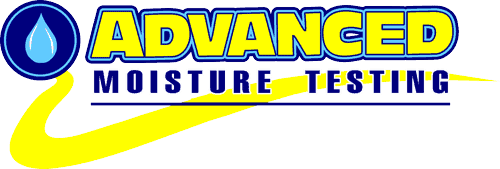
Accurate moisture testing is very important, especially in the construction and building industry. It is often used as an effective measurement of moisture levels prior to starting any construction services, especially floor installations. Experts in the flooring industry state that 85% of all installation failures result from moisture problems and moisture accounts for more than $1 billion in damages annually. The reason moisture is the root cause of many flooring failures is simple. Concrete slabs, wood subfloors, and the wood flooring placed above a slab or subfloor are by their very nature porous, so they easily absorb and release moisture. So before starting any construction or flooring projects, moisture testing is a must.
However, determining which types of moisture test are the most effective depends on several factors. The most important factor is the material that you are testing for moisture. Different tests are used to determine the moisture levels on different types of surfaces or materials. To find out which test is the most effective, it makes sense to review each type of moisture test and differentiate how and why they are used.
Core Testing is an extremely useful procedure for testing the moisture levels of concrete. Core testing consists of drilling a portion of the slab out and sending it to a lab for testing. The results help determine if certain contaminants are also present in the slab, which would affect the installation of the floor covering. The American Concrete Institute recommends that all concrete surfaces be tested for moisture before beginning any construction projects.
Contour Mapping
The contour mapping technique can show the estimated moisture content throughout an entire floor layout. This data is based on the readings from initial test sites. This creates a thorough visual reading of the moisture content of a complete floor layout.
Thermal Imaging

A thermal imaging camera is used to detect moisture buildup inside walls, using differences in temperature. This highly effective testing can be used to prevent the buildup of mold, find leaks in ceilings, detect moisture buildup behind walls, find water and air leaks and detect missing insulation.
Hood Test
A Hood Test can determine the relative humidity above the surface of a concrete slab. During this testing phase, a thermally insulted hood is placed on and sealed to the concrete slab. This measures the relative humidity, temperature and dew point within it.
Calcium Chloride Test
This test is used to determine the rate of moisture emitted from a concrete slab. It can help to determine the acceptability and condition of the floor covering.
This pH test determines the acceptability of a concrete floor based on the alkalinity or acidity of the slab. This is intended for the installation of resilient flooring.
F2170 Concrete In-Situ RH

This test is used to determine the relative humidity in a concrete slab. If excessive moisture permeates from the slab after an installation, a floor covering system can fail.
There are many effective tests that are designed to test for moisture on different materials and some methods are also designed to measure the levels of other substances beyond moisture and humidity. Advanced Moisture Testing provides high quality moisture testing to customers throughout New York and the tristate area. If you are concerned about the moisture levels in your home or place of business, call for a consultation today at 631-567-9269 or 631-567-9314.
